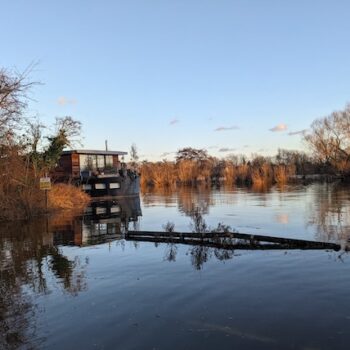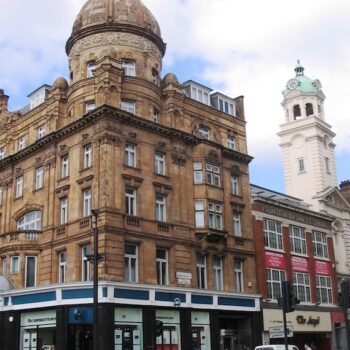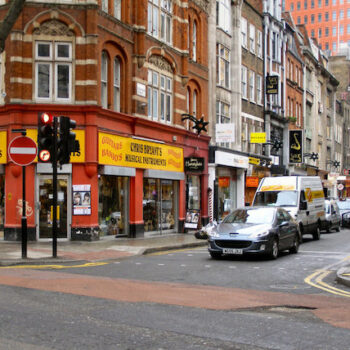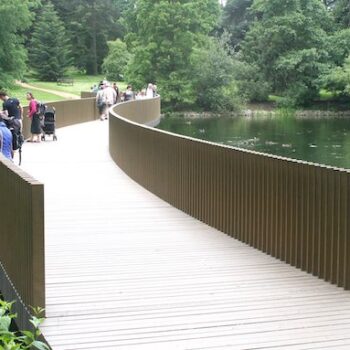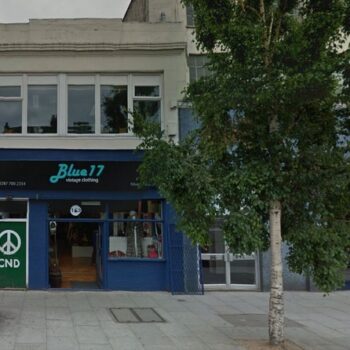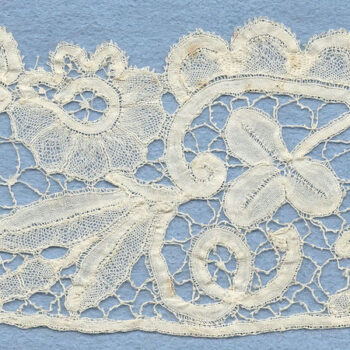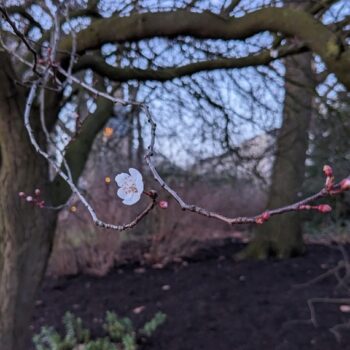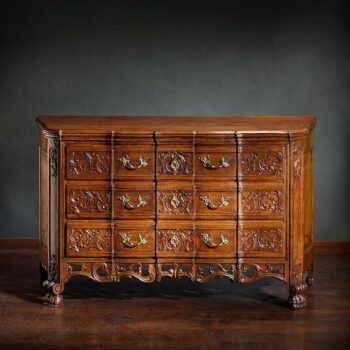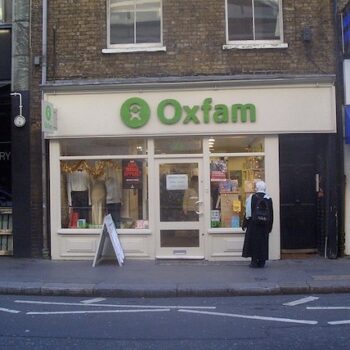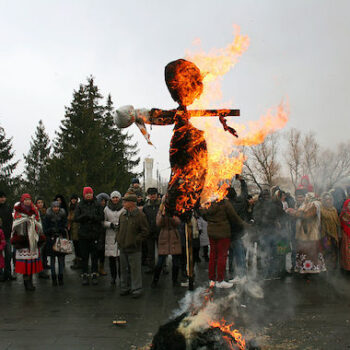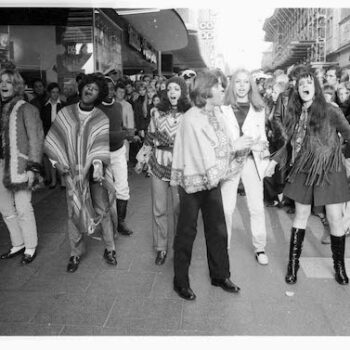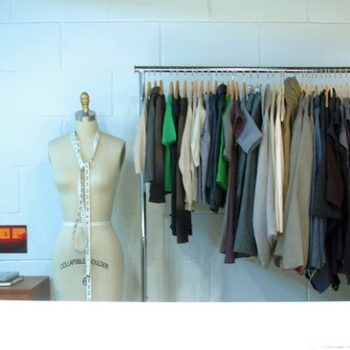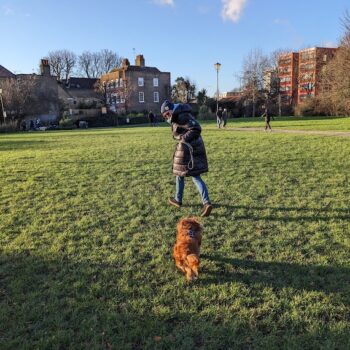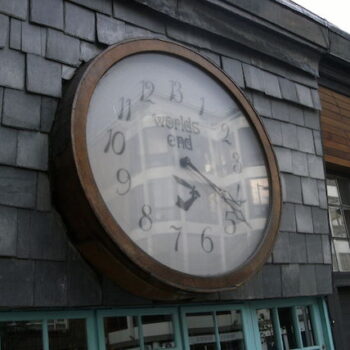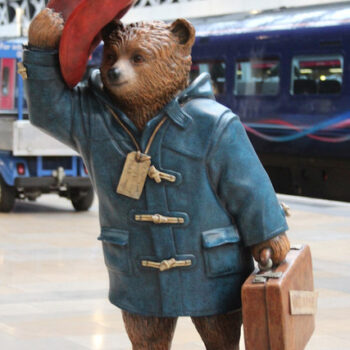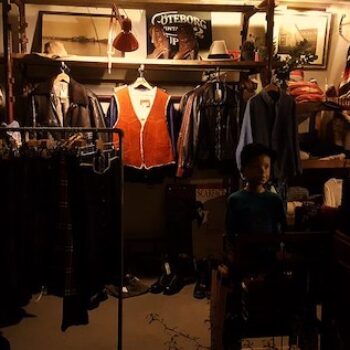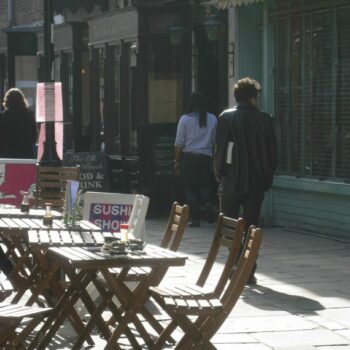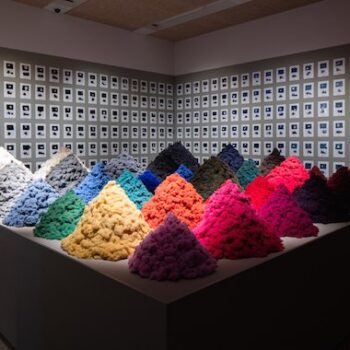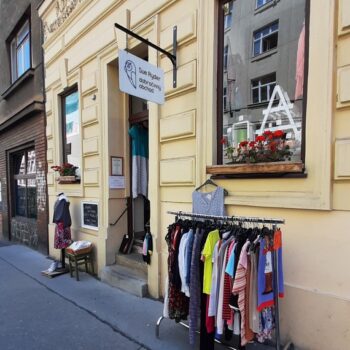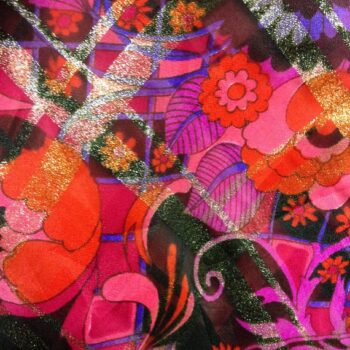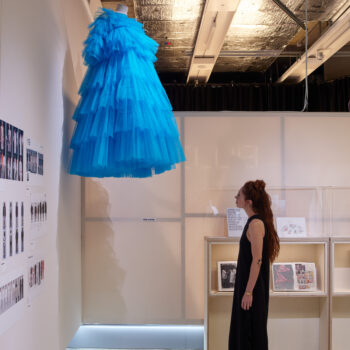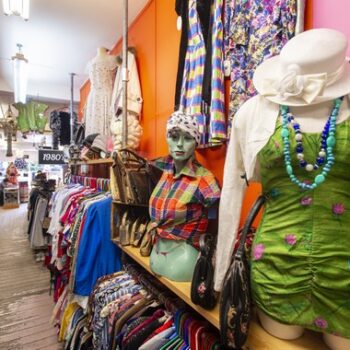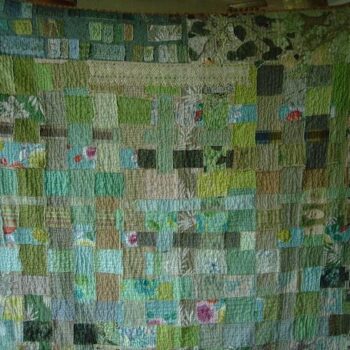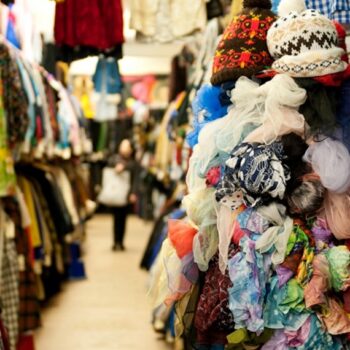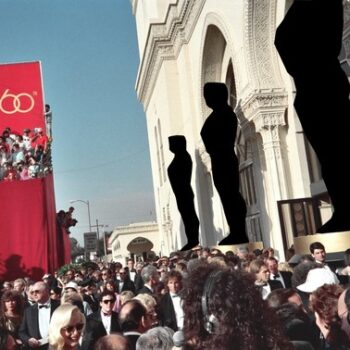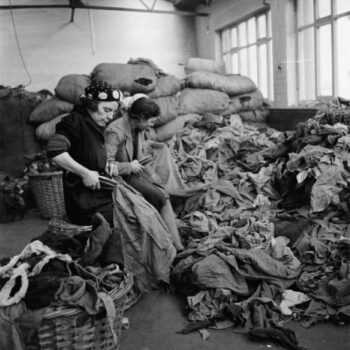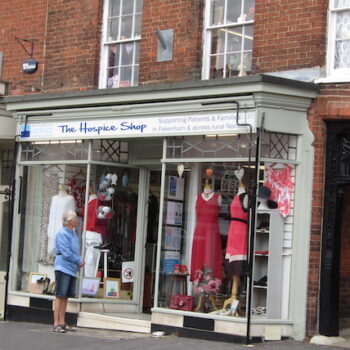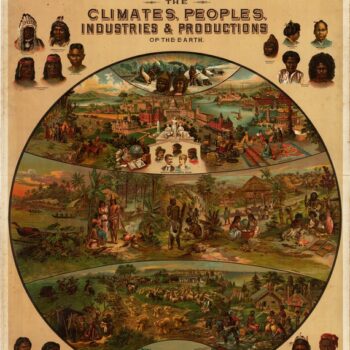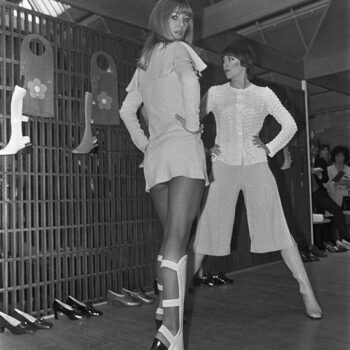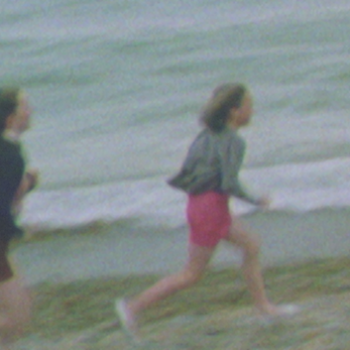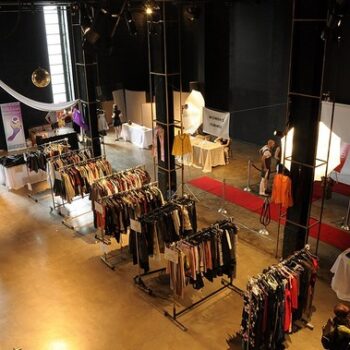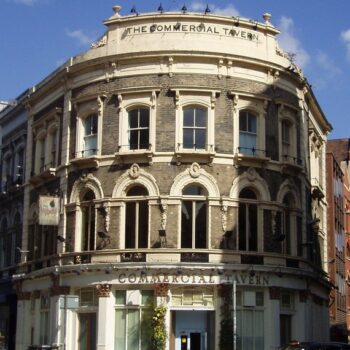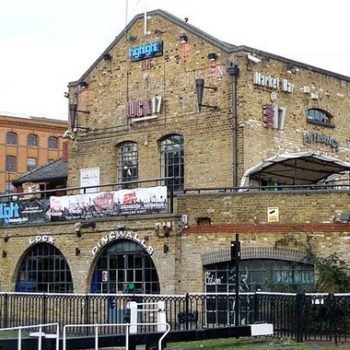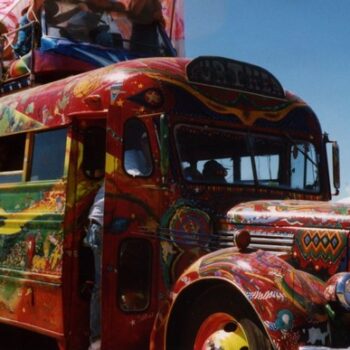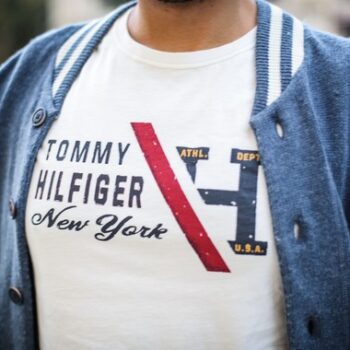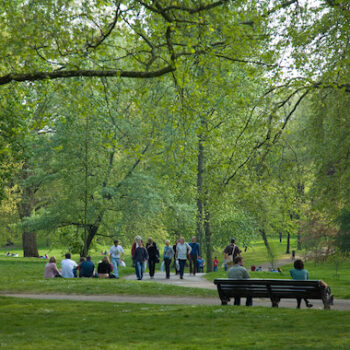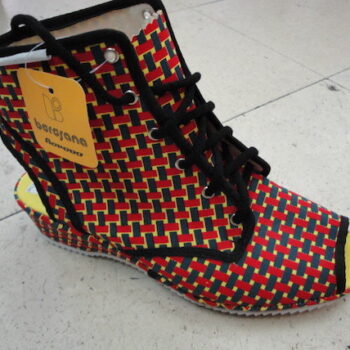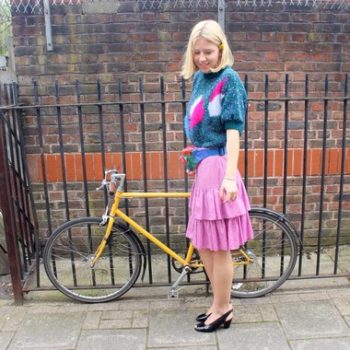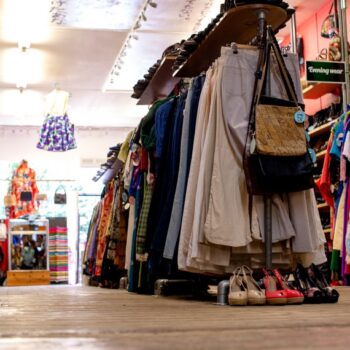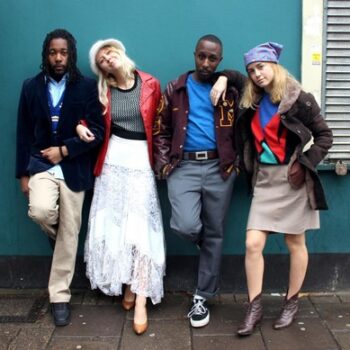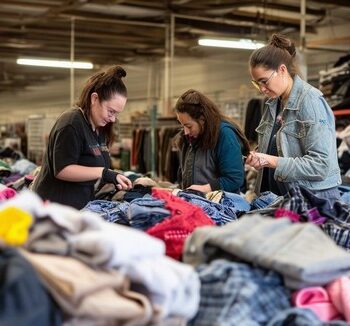Clothes Recycling South London – Which Bridge is Best?
December 13, 2024If you are in South London and looking for clothes recycling, here are your options. There are several ways to make sure that your good condition unwanted clothes are environmentally dealt with, including charity shop, textile recycling banks, recycling centres, textiles bank, and other places for clothes and textiles. London is spanned by many bridges, and to get to the places you are going, you may need to cross one. Here are some facts about a few.
Clothes Recycling South London
South London is famous for being South of the River. The River Thames is the dividing line across the city, and it is just amazing to cross any one of its 35 bridges, most of which are quite substantial. They are all constructed and decorated in unique ways. If you thought that London Bridge is the only one, think again.
The Bridges of London
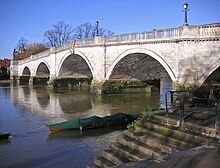
Richmond Bridge. Image via Wikipedia, copyright free.
It often strikes me how incredible it is that all of these beautiful, ornate and historic bridges are just an every day part of people’s journey around town. They are not just functional, like roads, but intricately engineered, in order to support the metal and stone that the bridges are made from. And on top of that, they are designed to look eye catching as well. Many are painted in surprising colours and lit up at night. Hammersmith Bridge, which has recently re-opened, is green and gold. Albert Bridge is pale pink and white. Waterloo Bridge boasts a Modernist design, while Tower Bridge is like a medieval castle. Richmond Bridge is a charming 18th century stone arch bridge, which looks like it’s been put there just to be depicted in watercolours.
One of the bridges I like the most for its ingenuity is the one at Paddington Basin. This was designed by Thomas Heatherwick. Instead of opening up in the middle like a drawbridge to let boats pass, it is constructed in sections so that it curls up like a woodlouse. But it is pretty, elegant Albert Bridge that will always have my heart. It is often used in films as a backdrop, when two characters go for a long, romantic and/or intense evening walk.
Clothes Recycling South London – Waterloo Bridge
Waterloo Bridge is the longest one, at 370 meters long. It was designed by the same man who designed the red London phone boxes, and you can see a sympathy in the curves of both designs. But Sir Giles Gilbert Scott, although he designed many famous design classics, was an odd choice to design a bridge, as he was neither an architect nor engineer. So his thoughts were difficult to translate into an actual bridge that worked, but they did manage it. The bridge was made mainly by women, as it was constructed during the second world war, when many men were dead. It was the first of London’s Bridges to be decorated with electric lights at night.
Waterloo Bridge connects the Southbank area of London on the South side with the Embankment area on the North side. Clothes recycling can be found here. Southbank is such an entertaining part of London. It contains the National Theatre, Hayward Gallery, skateboarding children, and lots of shops and ad hoc artworks. It is between Blackfriars Bridge and Hungerford Bridge and Golden Jubilee Bridges.
Other Bridges in London
Tower Bridge is the most visually famous bridge in London, possibly, and is often muddled up with London Bridge by visitors. It looks like a fairytale building, with white turrets, while the actual bridge is painted in pretty blue and white. There is a glass walkway above the level of the main bridge. The main bridge opens occasionally to let boats with high masts through. Tower Bridge gets very busy. This is because it is used by commuters as well as being an attraction in its own right.
This bridge connects the Southwark area on the South side with Tower Hill on the North. This is where the Tower of London is. There are also some very interesting old streets where the old warehouses used to be along the river. In Southwark there are some very cool charity shops, for clothes recycling South London. The Fashion and Textiles Museum is here, too. It’s a great area for eating and drinking, and hanging out.
Clothes Recycling South London – Waterloo Bridge
Due to the wide and deep River Thames which runs right through London, bridges have been a necessity since the city first grew up around its banks. There was also much more river traffic originally, and you could hire a boat just to get across to the other side if there wasn’t a bridge handy. There didn’t used to be as many bridges as there are now, and not all of them were free. For some, you needed to pay a toll to cross. But the necessity for more and more bridges grew as the city did, and it wasn’t convenient for people to travel so far to find one. Also, the coming of the railways meant that more bridges needed to be built so that trains could cross. Many bridges are just railway bridges or for traffic, and cannot be crossed on foot.
Many of the bridges which were build eroded due to the river currents. When they became too dangerous and couldn’t be repaired any more, they were replaced. This was usually at the same spot or a few metres away. The spot remained perfect because they were built at the narrowest part of the river or where foundations were solid. When you cross over Blackfriars road bridge and look towards Blackfriars Rail bridge which is very close by, you’ll see a set of ornate bright red pillars in between. These stranded bits orfarchitecture are the remains of the old railway bridge, which eventually became too weak to hold trains. The rest of the bridge was dismantled. But the pillars remained and were used as handy platforms when the sleek new bridge was built.




